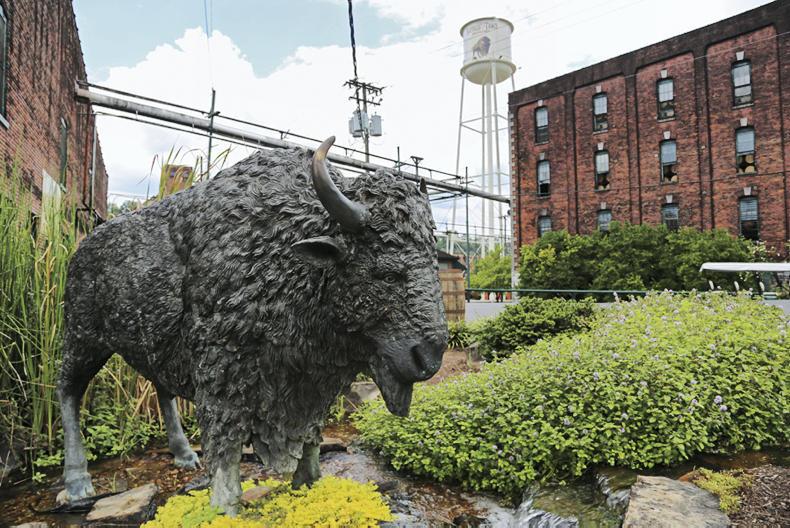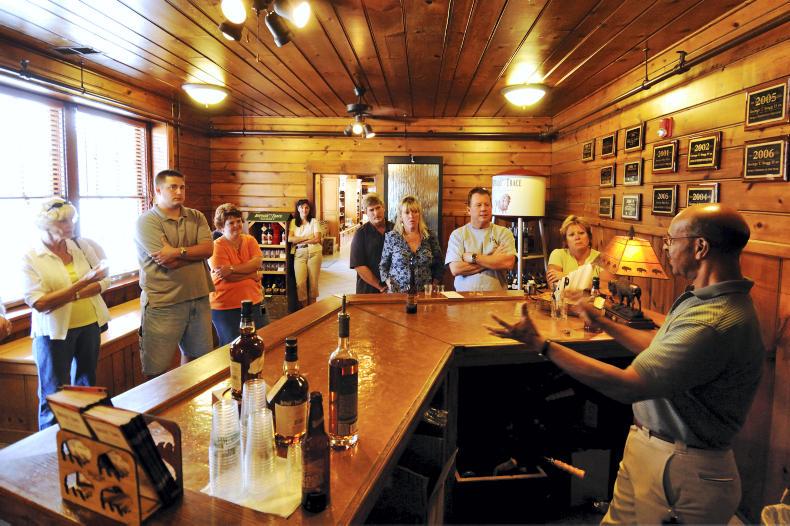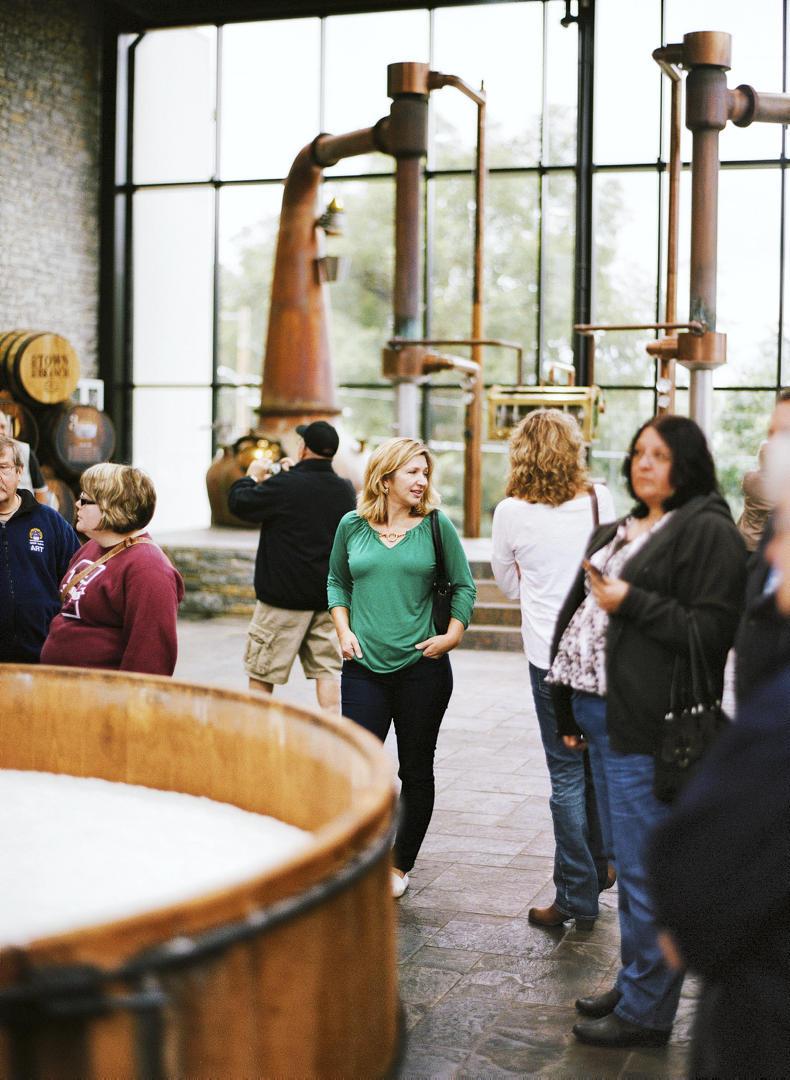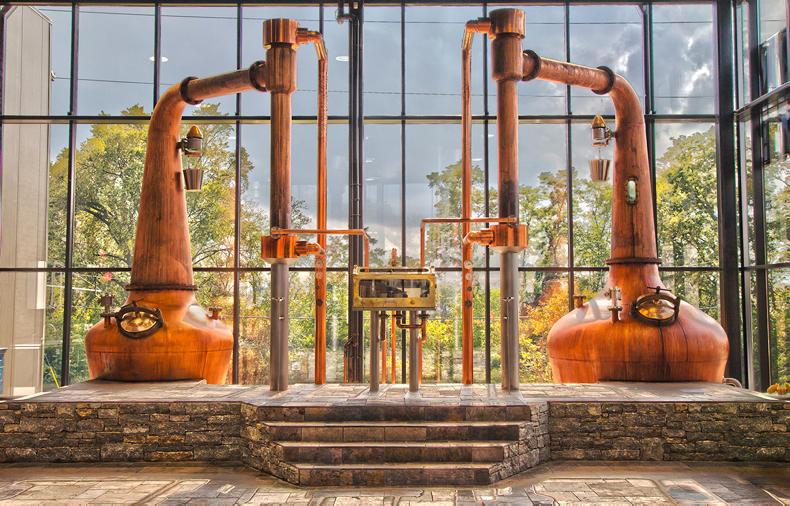It’s the week for whiskey. In local pubs, friends enjoy their Christmas catch-up with a hot drop garnished with lemon and cloves while, for others, their whiskey is savoured as a neat pour in a heavy tumbler.
Most likely, that pour will be from an Irish bottle and our choice has developed well beyond the brands that roll off the tongue – Jameson, Powers and Paddy.

Now we’re asking for Glendalough, Hyde, Teelings or Pearse Lyons with every second bearded hipster claiming to be a connoisseur.
There are now 21 operational Irish whiskey distilleries and this is helping to secure a more robust malting barley industry.
Ireland produces approximately 140,000t of barley and one-third of that is specifically used in distilling. Consider that in 2012, this segment of the market was so small, it wasn’t even differentiated.
Its economic potential does not stop there. As Irish whiskey warms our winter bones, it was in the hot summer sun of Kentucky where the Irish Farmers Journal observed whiskey’s real tourism potential.
We visited Buffalo Trace, a distillery on the world-renowned Bourbon Trail, the bucket-list visitor experience that is attracting 450,000 people to the Bluegrass state of Kentucky every year.
People visit for the smoky flavours of the bourbon, to get a behind-the-scenes view of the distilling process and to marvel at the rows of charred oak barrels patiently maturing. In front of us, a Canadian couple get their Bourbon Trail passport stamped.
“This is our third trip to Kentucky, and our eighth distillery,” they proudly inform us. “As it’s our third distillery in two days, we’re beginning to understand the appeal.”
Although each destination is essentially doing the same thing, the tours are different.
"Buffalo Trace is raw and industrial and makes no apologies. This place has grit and resilience, the oldest continuously operational distillery in America. It even remained operational throughout Prohibition, producing whiskey for “medicinal purposes”.
In order for whiskey to be bourbon, it must be made with a minimum of 51% maize, aged in new, charred oak containers, stored at no more than 125 proof and bottled at no less than 80 proof
Woodford Reserve on the other hand has that darling southern charm – less industrial, more artisanal and set right in the middle of Kentucky’s horse country.
And then as Town Branch was established by the late Pearse Lyons of Alltech, that distillery brings in his Irish heritage, and the experience links very closely with the tour of the Pearse Lyons distillery in Dublin’s Liberties.

It was on this tour that we spoke to Alan Kennedy, spirt specialist for Alltech, about the Bourbon Trail success and how we can apply lessons learned in Kentucky to our growing whiskey industry.
Visitor experience
“The Bourbon Trail is a highly renowned visitor experience in the United States, a road-trip style experience that in 2019, will be on the go 20 years.
As the visitor numbers grow, so too does the strength of bourbon and in the last 10 years, it has seen the highest spirit growth in the US.
“There are 11 stops on the trail, run by 10 different companies, with a further leg on the tour added in 2012, in the form of the Bourbon Trail Craft Tour.
"It is not something you cover in a day, or even in one trip. It spreads over 70 miles and is bringing people to parts of Kentucky that wouldn’t have been known for tourism. On the back of the Bourbon Trail, small local companies are benefitting – bus companies, hotels, bars.”
The tour is a marketing idea, born to bolster the industry. “It was the Kentucky Distillery Association that came together to develop it and this is key to the success, and the real lesson that Irish distillers should take from the Bourbon Trail, if something similar was to develop.
“The Bourbon Trail is not about one brand. It had to be equal buy-in among all the players. Every distillery is involved in its development and no company has the final say. Because if we allowed Jim Beam, for example, to own the Bourbon Trail, then you may not have had buy-in from smaller distilleries, and it is the variety and authenticity of the experience that keeps visitors coming.”
In Alan’s opinion, there is potential for an “Irish Trail”. 
“Worldwide, Irish whiskey is one of the fastest growing categories, but throughout the world – outside of Ireland – there is a lot of confusion around what it is and what defines it.
"Here in America, we fight the Goliath that is Jameson every day, but people don’t always know what they are drinking. There is a lot of opportunity to explain, for people to understand.”
Now, more than ever, the time is ripe on the back of the Intoxicating Liquor Bill 2016 signed into law in September with the first licence being issued to Lough Mask Distillery in Mayo just two weeks ago. Up until this bill was passed, distilleries and breweries in Ireland were not allowed to sell or serve alcohol as part of their tours unless they held a pub licence.
Culann Loughnane from White Gypsy Brewery in Tipperary, who has been campaigning for this bill for years, explains more.

“Essentially, it meant that if someone visited our brewery, we could tell them all about our beer, how it’s made and tastes, but we couldn’t give them any at the end of the tour. To acquire a pub licence, you are looking at between €80,000 and €100,000. It was an option for big players such as Guinness, but not for craft breweries or distilleries.
"This bill opens up huge opportunities for tourism in Ireland.
"The Guinness Storehouse is the biggest tourist attraction in Ireland.
"We want a piece of that and if we could even get 10% of those visitors to go beyond Dublin, then just like the Bourbon Trail, local economies in rural Ireland will benefit.

"This bill is an essential piece of the puzzle if anything like the Bourbon Trail was to develop here.”
Bourbon
In order for whiskey to be bourbon, it must be made with a minimum of 51% maize, aged in new, charred oak containers, stored at no more than 125 proof and bottled at no less than 80 proof.






 This is a subscriber-only article
This is a subscriber-only article






















SHARING OPTIONS: